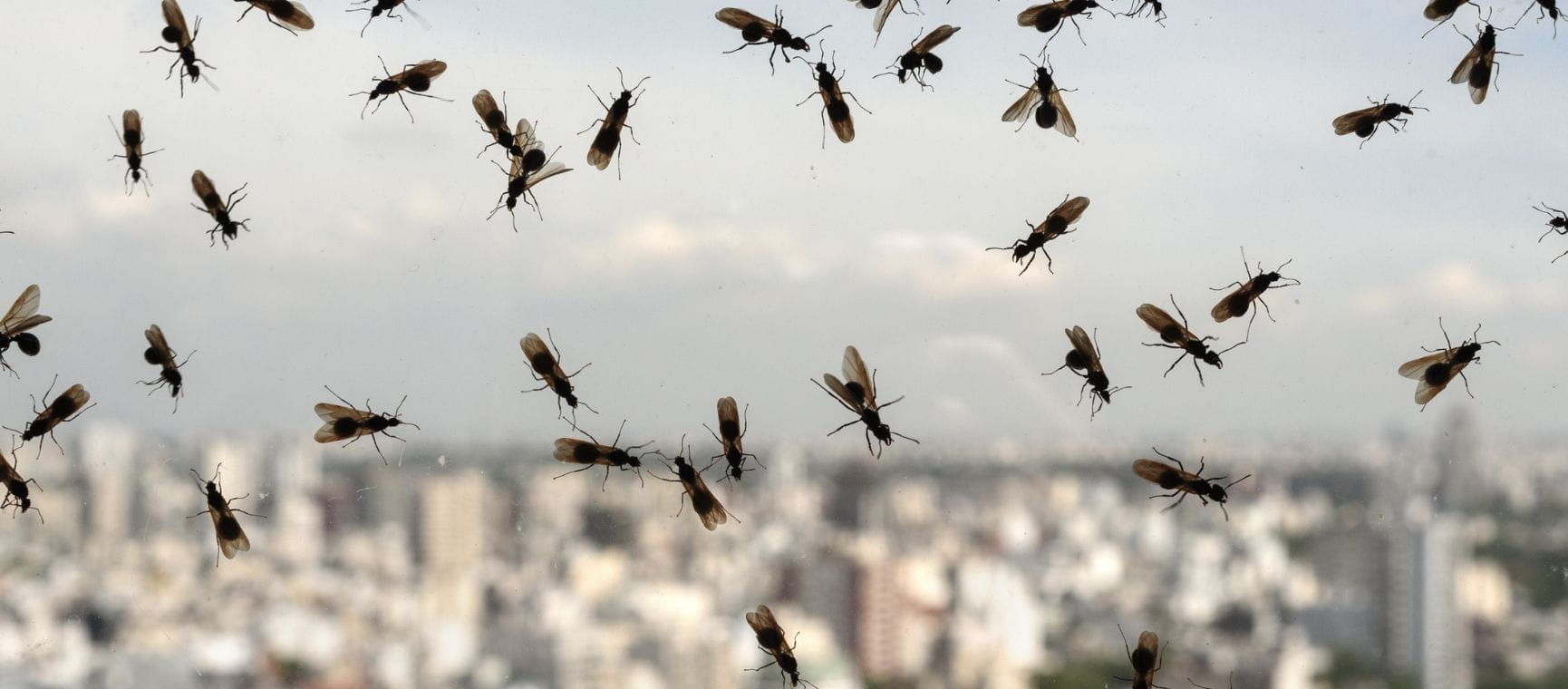
Flying ants can form swarms of thousands when the weather conditions are just right (usually, when the weather is hot and humid). This tends to be during July and August, with the swarms dying down once cooler weather arrives.
Ants develop wings when they are mature and spend the remainder of their days dedicated to the business of mating and creating new colonies. But whilst most flying ants are harmless, few of us want their annual procreation fest to take place under our roofs or in our gardens - especially not if they get into the house or caught in your hair.
To understand how to get rid of flying ants, we enlisted the help of Fantastic Services pest control specialist, Iliyan Andreev. He assures us that flying ants are just doing what come naturally to them and for the most part, we shouldn’t be alarmed.
“As the mating season approaches, young queen ants and winged males take off to find suitable mates and establish new colonies. Known as ‘hillstopping’, these gatherings are crucial to ant mating rituals.
"Even though flying ants might seem overwhelming at first, they are harmless to humans. In the natural world, their presence is a marvel, and you can coexist with them comfortably if you take the proper precautions and control measures.”
According to the Royal Society of Biology, flying ants can be seen on as many as 96% of days between June and September.
Even if you are already under a full-blown invasion, here’s what to do now and how to plan ahead for next year’s prolific flying ant offspring.
Flying ants love a nice snack as much as you do

The easiest way to get rid of flying ants? Make your home less attractive to them by storing food properly. Flying ants are just mature ‘normal’ ants, and will be equally attracted to any sweet sticky foods they find lying about.
Andreev says: “The simplest but most effective way to prevent flying ants is to keep your home clean. In the same way as all pests, flying ants are attracted to food sources around your house (kitchen, dining room, even your bedroom if you enjoy midnight snacks).
"Cleaning up your kitchen and dining areas can help deter them from entering your home. Additionally, make sure to store any food leftovers in airtight containers to discourage unwanted visitors.”
Keep moisture at bay to drive carpenter ants away
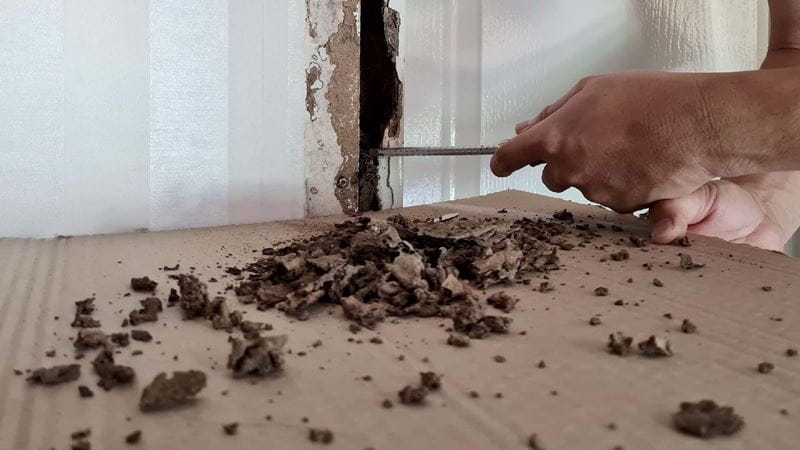
This is the top tip specific to deterring winged carpenter ants – replace any damp and decaying wood on your property that has attracted their nests. Also, you’ll need to repair and make good the source of the moisture. Leaks from plumbing or your roof will need to be eliminated.
To keep further infestations from occurring, stop any direct contact between your wooden structure and the ground. This includes any things that attract moisture like piles of soil, plants and mulch.
Have a big pile of firewood to store? Keep it as far from your home as possible and preferably in a dry place.
During flying ant season if your home has a wooden frame it pays to pay special attention to whether the flying ants in your home are getting out of control. The last thing you want is a carpenter ant nest somewhere on your property.
Winged carpenter ants are easy to mistake for termites – but carpenter ants don’t actually eat wood, they use their mandibles to drill holes in it. Carpenter ants prefer to nest outdoors but they are attracted to excessively damp areas like around windows, doors, showers, bathtubs, dishwashers, leaky pipes and drains, and under leaky roof shingles. They have also been known to build their nests in dry timber.
Something as simple as open doors and windows or cracks in your wall and roof can give winged carpenter ants access to your home. If left to their own devices they can cause significant, and costly damage to any wood-frame structures you have including garages and sheds.
Unlike other harmless flying ants, winged carpenter ants can be a real problem, so if you have a wood-framed property and suspect you have an infestation, once you have exhausted the other plans of attack, getting the professionals in should be a key priority.
Keep your home crack free and fill in any potential entry points
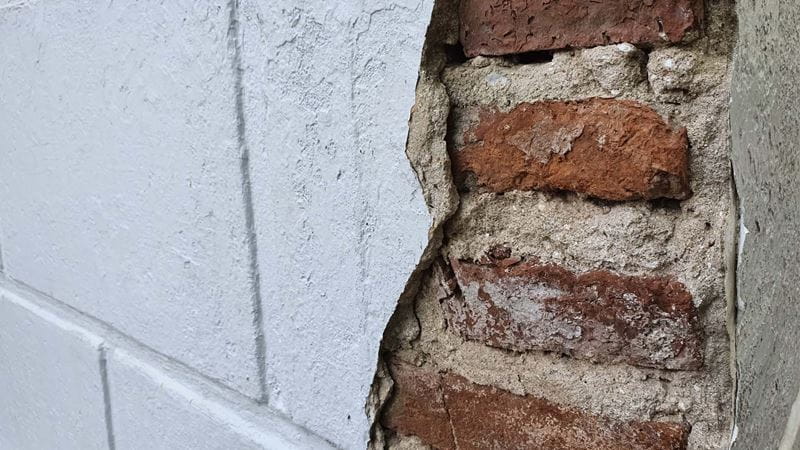
Before the flying ant season begins, make plans to prevent them from entering your home. Inspect your property for cracks and repair any holes or gaps that would allow flying ants to enter.
Andreev points out that flying ants are no different from any other creatures that will try to exploit weaknesses to gain entry to your home.
“Ensure that you seal any potential entry points on your home's exterior with caulk and check them on a regular basis. By taking this preventive measure, you will not only keep flying ants out but also other pests.”
If flying ants are spotted in your neighbourhood, keep windows and doors closed.
Citrus and peppermint will help keep them at bay

A little suction goes a long way
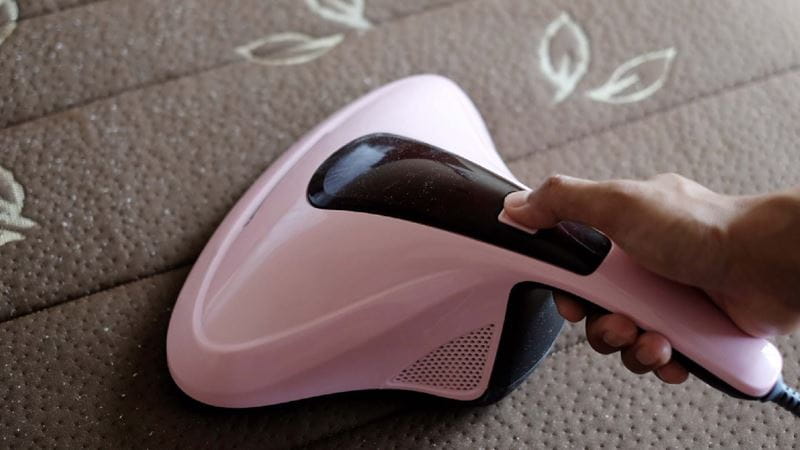
If all else has failed and flying ants have invaded your home, the good news is that they are way more interested in mating than stinging you. Got a vacuum cleaner to hand? Use it to suck up any flying ants and take the bag outside to be emptied immediately.
If the swarm is truly out of control and you feel you have to resort to harsher measures, try pesticide spray.
Not into chemicals and prefer to use what’s on hand? Mix two parts water with one part washing-up liquid and then add a few drops of peppermint oil in a spray bottle. The oil suffocates flying ants and the soap dehydrates them.
Eliminate their colony
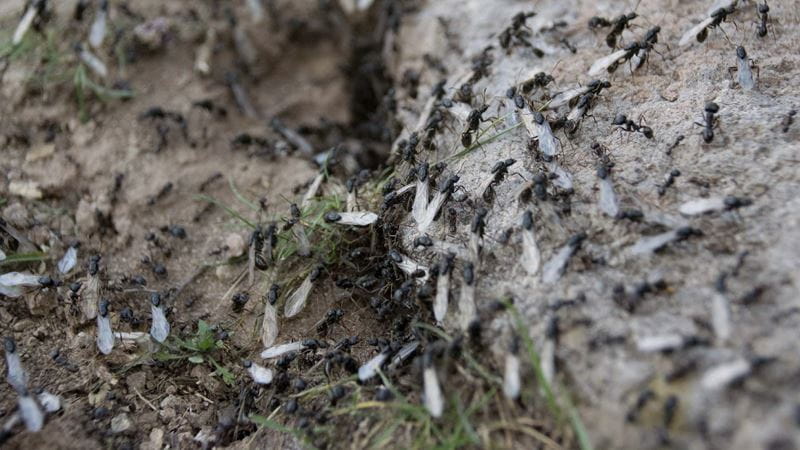
Andreev advises that when dealing with a larger flying ant infestation, while homemade baits and traps can be effective, “It’s important to use baits with caution, especially if you have children or pets.”
Nipping it in the bud may save stress
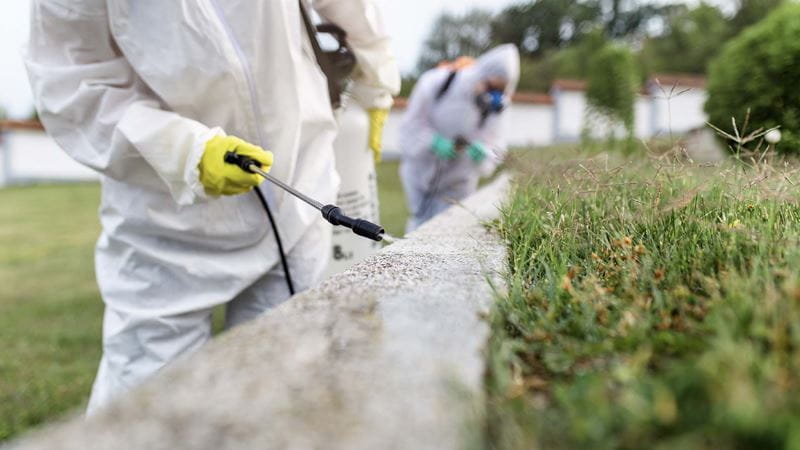
Flying ants in or around your property could signal the formation of a new colony. The more flying ants you notice, the closer the colony is likely to be.
In the case of winged carpenter ants, the infestation may quickly grow, especially if you’re struggling to pinpoint the location of the ants’ nest to treat it with chemicals or baits.
And when a serious carpenter flying ant infestation is suspected, any delay in calling the professionals may be costly.
Bringing in a professional to deal with the infestation may also limit your chances of a recurring infestation.
Andreev advises: “If you notice a swarm of flying ants inside your home, there may be an ant colony inside your wall voids or nearby on your property. This is not a common situation; however, it happens and can be dealt with by baits and traps.
“Whenever you're dealing with a persistent or extensive flying ant infestation, you may wish to consider hiring a pest control professional. Identifying the source of the infestation and implementing effective treatment strategies requires experts with the right knowledge, tools, and experience. A professional exterminator can provide targeted solutions to completely eliminate them."


Whether you're looking for straightforward insurance or cover that's packed with extras, our home insurance has plenty of options for people over 50.

Saga Home Insurance comes with garden cover included. Find out what’s included and get tips to help secure your garden.

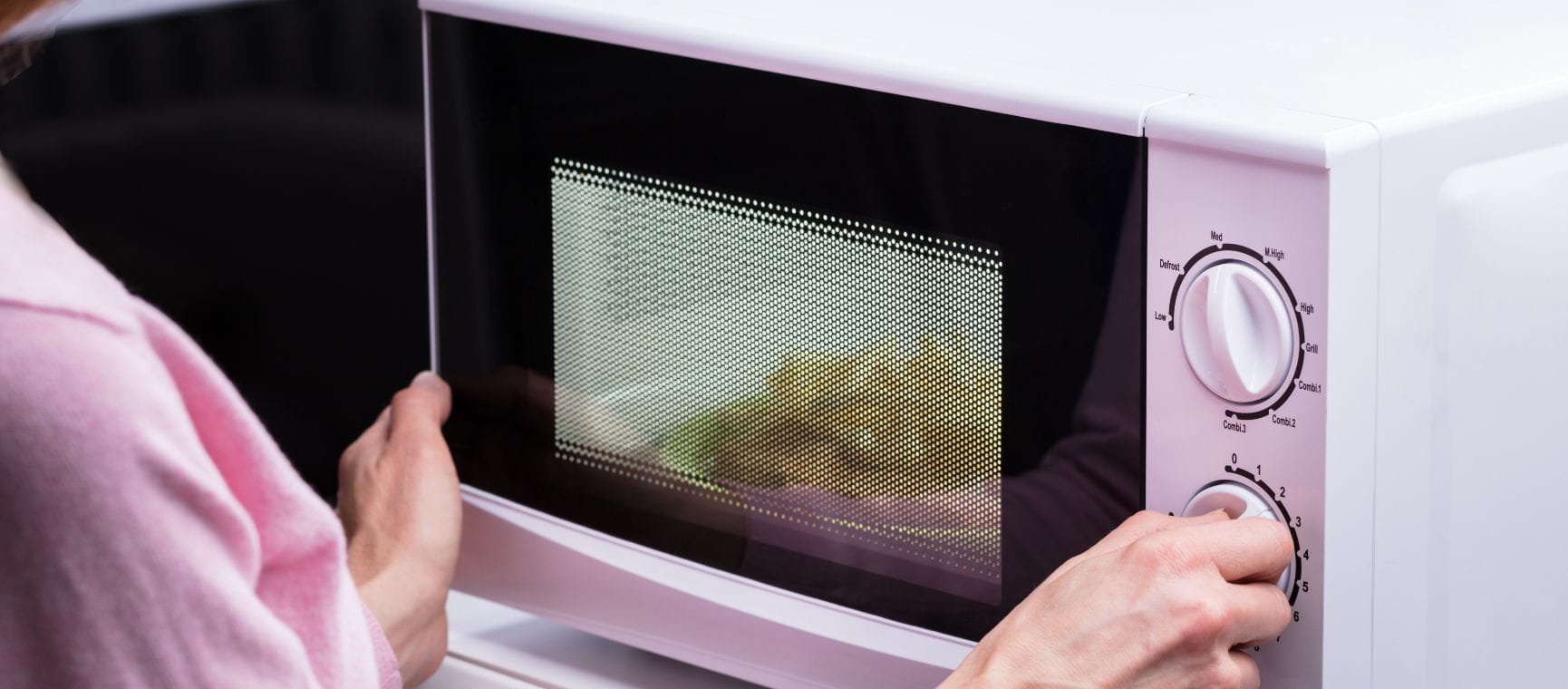

These foods will lose flavour and freshness if you store them in the fridge.


As summer approaches, our expert says it’s time to reappraise rosé and seek out more robust styles.

What the symbols on your laundry labels mean and how they can save you money and your favourite clothes.

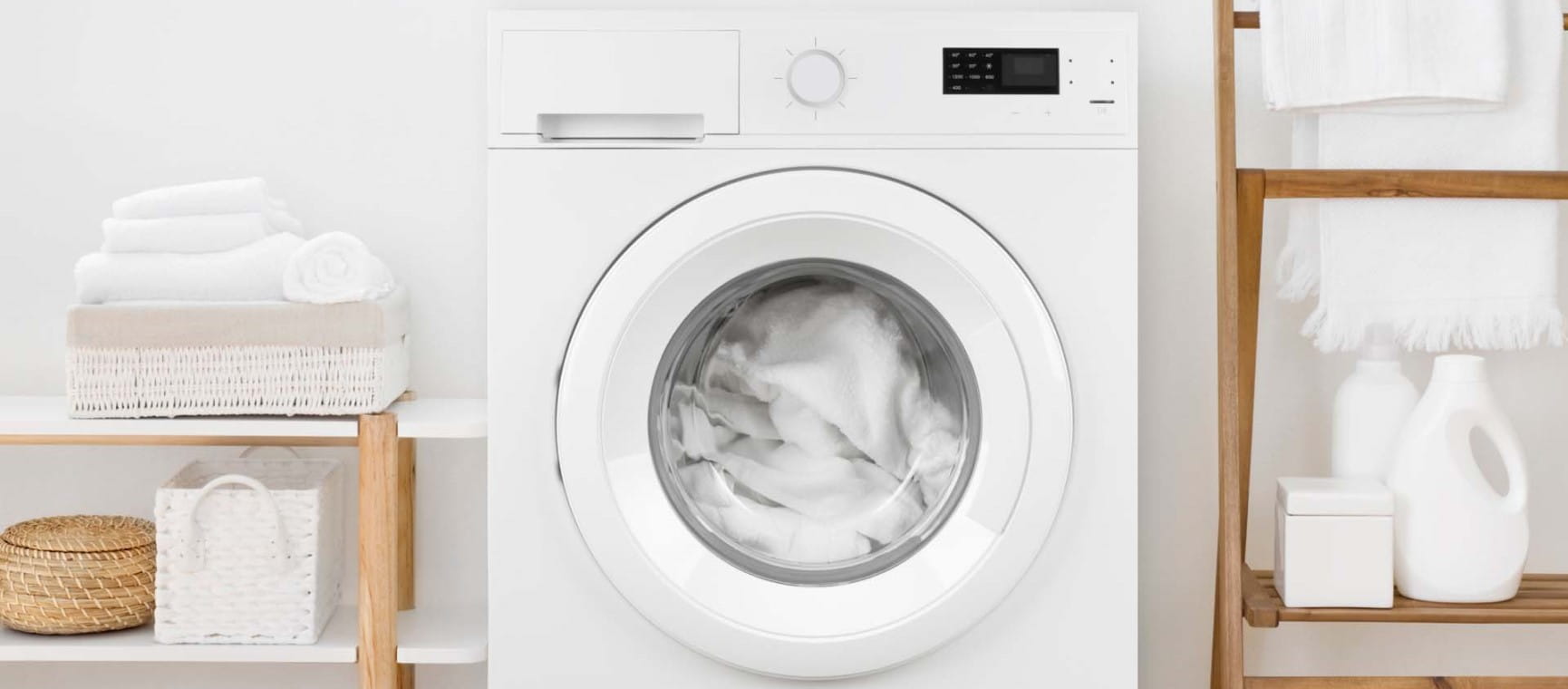


Leek and potato soup is a classic that can be enjoyed at any time of year - try Mary Berry's recipe with her tips for a perfect velvety soup.
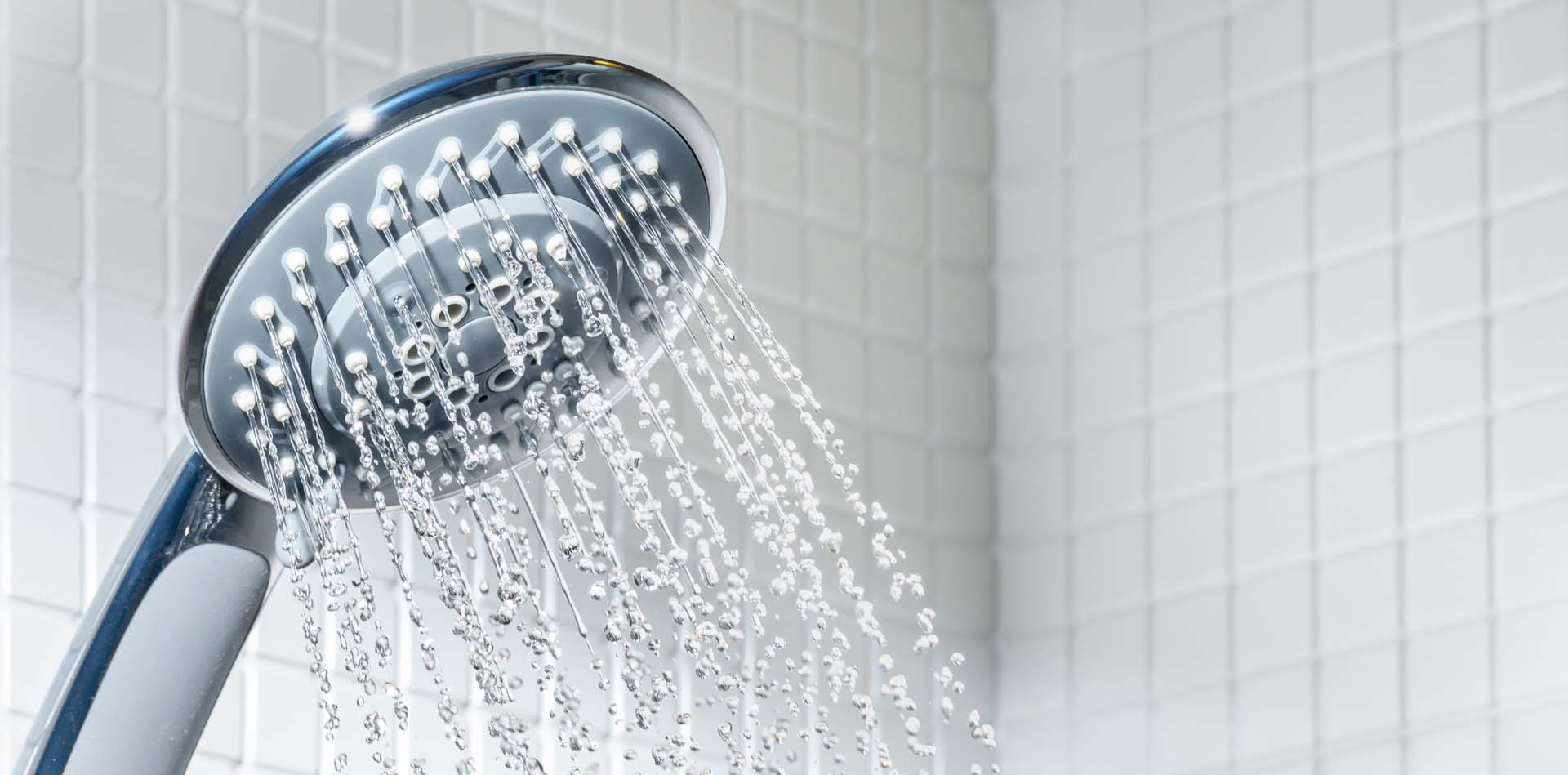
From cleaning your shower head to adding a pump, we share how to make a shower more powerful.
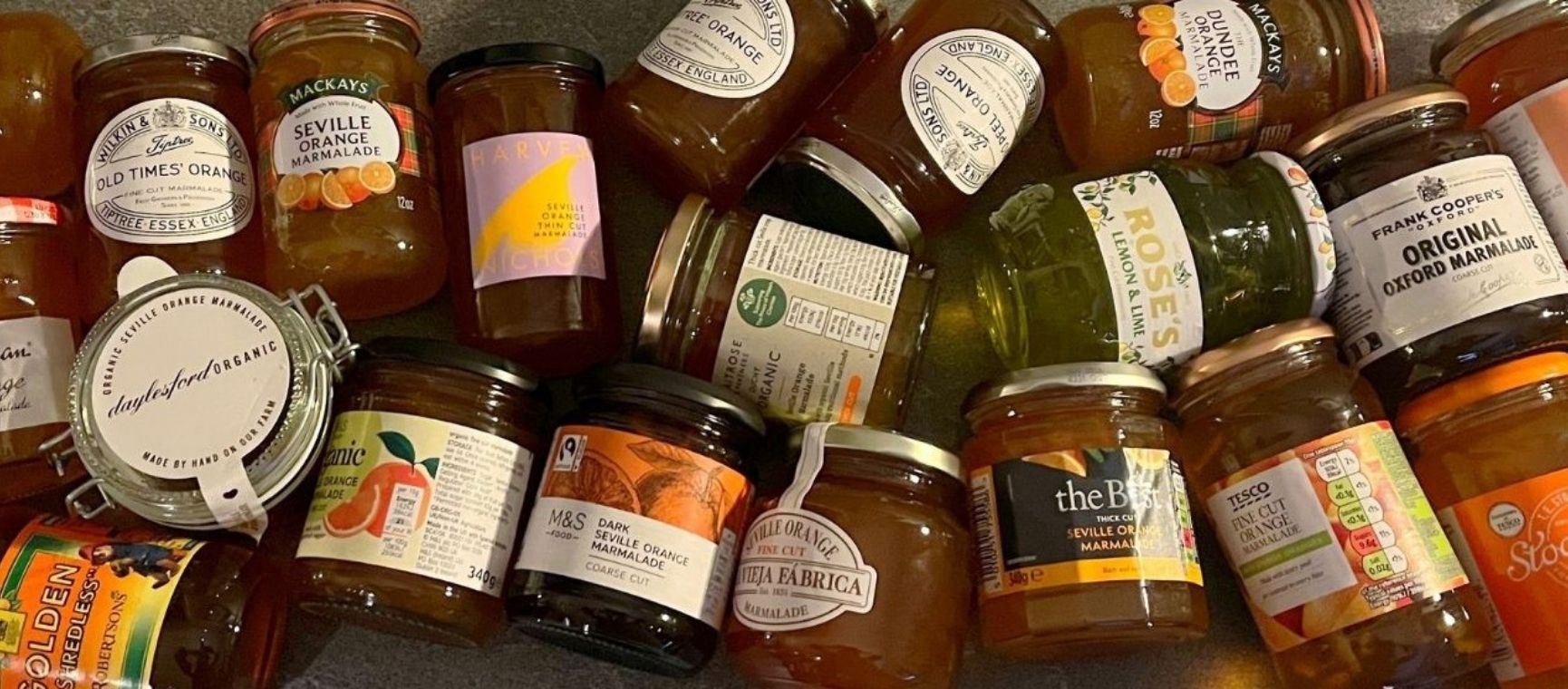

We test the classic pickle against its supermarket rivals to find out which to bring out for your sandwiches, cheeses and meats.

